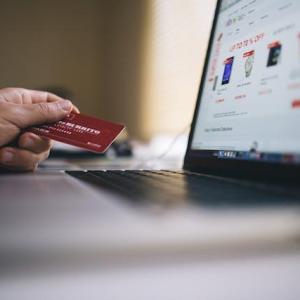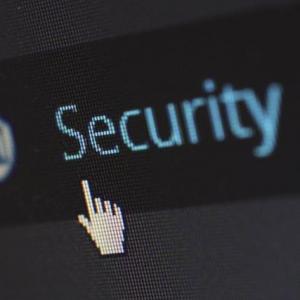
Safeguarding Your Digital World
In an era of increasing digital connectivity, ensuring the security of personal and sensitive information online is paramount. This article explores essential cybersecurity best practices to help individuals protect their digital assets and maintain online privacy.1. Use Strong and Unique Passwords
1.1 Create Complex Passwords
Generate strong passwords that include a mix of uppercase and lowercase letters, numbers, and special characters. Avoid easily guessable information, such as birthdays or common words.1.2 Use Unique Passwords for Each Account
Refrain from using the same password across multiple accounts. Unique passwords for each account minimize the risk of a security breach affecting multiple platforms.2. Enable Two-Factor Authentication (2FA)
2.1 Add an Extra Layer of Security
Activate 2FA whenever possible. This additional authentication step, often involving a code sent to your mobile device, enhances security by requiring more than just a password for access.2.2 Explore Various 2FA Methods
Different platforms offer various 2FA methods, such as authenticator apps, SMS codes, or biometric verification. Choose the method that aligns with your preferences and provides robust security.3. Keep Software and Systems Updated
3.1 Regularly Update Operating Systems
Ensure your computer, smartphone, and other devices have the latest operating system updates. These updates often include security patches that protect against known vulnerabilities.3.2 Update Applications and Software
Regularly update all installed applications and software. Cybercriminals often exploit outdated software, so keeping everything up-to-date is a crucial defense against potential threats.4. Be Cautious with Emails and Links
4.1 Avoid Clicking on Suspicious Links
Exercise caution with emails, especially those from unknown senders. Avoid clicking on links or downloading attachments from untrusted sources, as they may contain malware.4.2 Verify Sender Identities
Before responding to emails requesting sensitive information, verify the sender's identity. Be wary of phishing attempts, where attackers pose as legitimate entities to deceive recipients.5. Secure Your Home Network
5.1 Use Strong Wi-Fi Passwords
Secure your home Wi-Fi network with a strong password. This prevents unauthorized access and helps maintain the privacy of your internet connection.5.2 Change Default Router Settings
Change default router settings, including the administrator username and password. Default settings are commonly known, making them susceptible to exploitation.6. Encrypt Sensitive Data
6.1 Use Encryption Tools
Utilize encryption tools for sensitive data, both in transit and at rest. This safeguards information from unauthorized access, providing an additional layer of protection.6.2 Secure Communication Channels
Opt for secure communication channels that use encryption, especially when transmitting sensitive information online. This ensures that data remains confidential during transfer.7. Regularly Back Up Important Data
7.1 Implement Automated Backups
Set up automated backups for essential data. Regular backups reduce the impact of potential data loss due to cyber incidents or hardware failures.7.2 Store Backups Securely
Store backups in secure locations, such as external hard drives or cloud services with strong security measures. This ensures quick recovery in case of data loss.8. Educate Yourself on Cybersecurity Awareness
8.1 Stay Informed about Cyber Threats
Stay updated on current cybersecurity threats and trends. Awareness of common tactics employed by cybercriminals enhances your ability to recognize and mitigate potential risks.8.2 Educate Others in Your Network
Share cybersecurity best practices with friends, family, and colleagues. A collective commitment to online security strengthens the overall resilience of digital communities.9. Monitor Financial Statements and Accounts
9.1 Regularly Check Financial Statements
Monitor your financial statements regularly for any unauthorized transactions. Promptly report any discrepancies to your financial institution.9.2 Set Up Account Alerts
Take advantage of account alerts provided by banks and financial institutions. These notifications can alert you to suspicious activities in real-time.10. Dispose of Devices and Data Securely
10.1 Wipe Data Before Disposal
Before discarding or selling old devices, ensure that all data is securely wiped. Use reputable software to perform thorough data erasure.10.2 Destroy Hard Drives if Necessary
If retiring an old computer or hard drive, physically destroy the drive to prevent data recovery. This is a critical step in preventing unauthorized access to stored information.Conclusion: Empowering Digital Security
In conclusion, implementing cybersecurity best practices is vital for safeguarding personal and sensitive information online. By adopting a proactive and informed approach to digital security, individuals can navigate the digital landscape with confidence, protecting their privacy and minimizing the risk of cyber threats.
Article
Be the first comment
Elite Article














